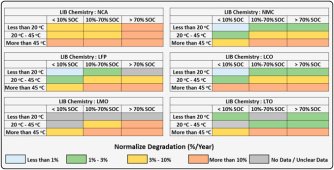Bluedog225
Texas
- Joined
- Nov 18, 2019
- Messages
- 3,137
I‘ve had my 48 volt rack batteries for over a year and hope to install them this fall. I got worried about the state of charge so I topped them off with the aimes charger. Now they will sit in my closet till around December.
Do I need to worry about storing them fully charged? And if there an easy way to bleed off some charge for storage?
Something cheap and easy would be great.
Many thanks
Do I need to worry about storing them fully charged? And if there an easy way to bleed off some charge for storage?
Something cheap and easy would be great.
Many thanks








